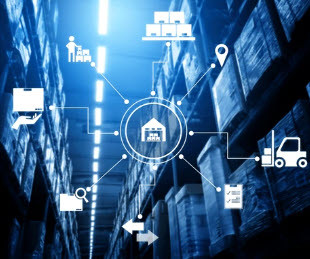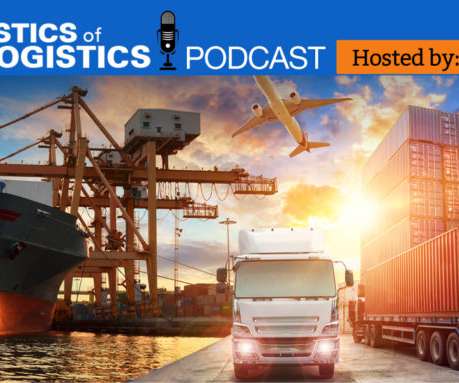What is Reverse Logistics?
GlobalTranz
FEBRUARY 25, 2021
What is reverse Logistics? Before we dive in the nuances of reverse logistics, otherwise known as return logistics, integration, let's briefly recap what reverse logistics is. Reverse logistics refers to all operations related to the reuse of products and materials.






















































Let's personalize your content